Subtotal: $4398.00
Located in the heart of Lahore, the second-largest city in Pakistan, Lahore Fort (also known as Shahi Qila) is a magnificent monument that has stood the test of time for over 2,000 years. This ancient fort is a treasure trove of history, architecture, and culture, showcasing the artistic and architectural achievements of the Mughal Empire. In this article, we''ll delve into the fascinations of Lahore Fort and its most breathtaking attraction, the Sheesh Mahal.
Table Of Content
- History of Lahore Fort ( Lahore Ka Kila )
- Architecture And Design
- Art And Craftsmanship
- Cultural Significance
- Sheesh Mahal
- Daulat Khana-e-Khas-o-Am
- Sleeping Chamber of Emperor Jahangir
- Diwan-e-Am
- Diwan-e-Khas
- Moti Masjid
- Alamgiri Gate
- Design and Features
- Address
- Phone
History of Lahore Fort ( Lahore Ka Kila )
Lahore Fort has a rich and complex history, with records dating back to the 11th century. Initially, it was a small fort built by the Rai dynasty, a local ruler of the region. However, it was during the reign of the Mughal Empire (1526-1756) that the fort underwent significant transformations and expansions. The Mughals were renowned for their architectural achievements, and Lahore Fort reflects their grandeur.

Architecture and Design
Lahore Fort is a masterpiece of Mughal architecture, a blend of Indian, Persian, and Islamic styles. The fort''s design is characterized by the use of red sandstone, marble, and intricate stone carvings. The fort''s complex is surrounded by a curtain wall with bastions, creating a secure and imposing structure. The fort''s architecture is divided into two parts: the old fort, built during the reign of Emperor Akbar (1556-1605), and the new fort, constructed during the reign of Emperor Shah Jahan (1628-1658).
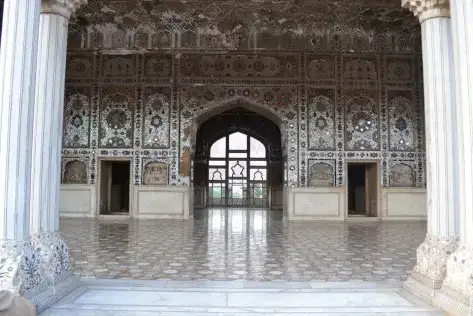
Art and Craftsmanship
The Sheesh Mahal is a testament to the exceptional craftsmanship and artistry of the Mughal Empire. The intricate carvings, inlays, and mirror work were executed by skilled artisans, who used a range of materials, including precious stones, wood, and mirrors. The palace''s ceiling is adorned with floral patterns, geometric shapes, and Arabic calligraphy, adding to its opulence.
Cultural Significance
The Sheesh Mahal is not only a stunning example of Mughal architecture but also holds significant cultural importance. The palace has been the backdrop for numerous royal ceremonies, including weddings and receptions. In addition, it has been a symbol of Pakistani culture and history, attracting tourists and locals alike.
Conservation Efforts
In recent years, Lahore Fort and its Sheesh Mahal have undergone significant restoration efforts to preserve their heritage. The Lahore Fort Conservation Project, launched in 2014, aimed to restore the fort''s monuments, including the Sheesh Mahal, using traditional techniques and materials. These efforts have helped to conserve the fort''s architecture and prevent further deterioration.
Map

Notable places within the Lahore Fort
Sheesh Mahal: The Jewel of Lahore Fort
The Sheesh Mahal, which translates to "Palace of Mirrors," is arguably the most stunning attraction within Lahore Fort. This dazzling palace was built during the reign of Emperor Shah Jahan in the 17th century. The Sheesh Mahal is a masterpiece of Mughal architecture, adorned with intricate mirror work, inlays, and ornate carvings.
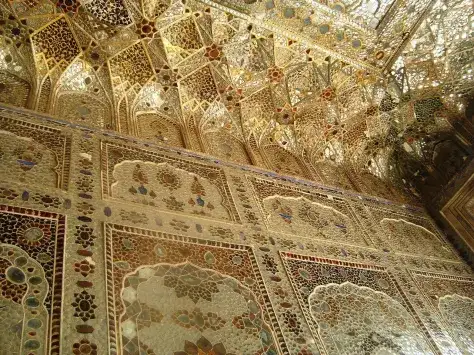 |
.jpg) |
Daulat Khana-e-Khas-o-Am
This area served as the royal quarters, comprising both private and public chambers, where the Mughal emperors conducted official affairs and received guests.

Sleeping Chamber of Emperor Jahangir
This chamber is renowned for its exquisite frescoes and intricate marble work, providing a glimpse into the opulent lifestyle of Emperor Jahangir.
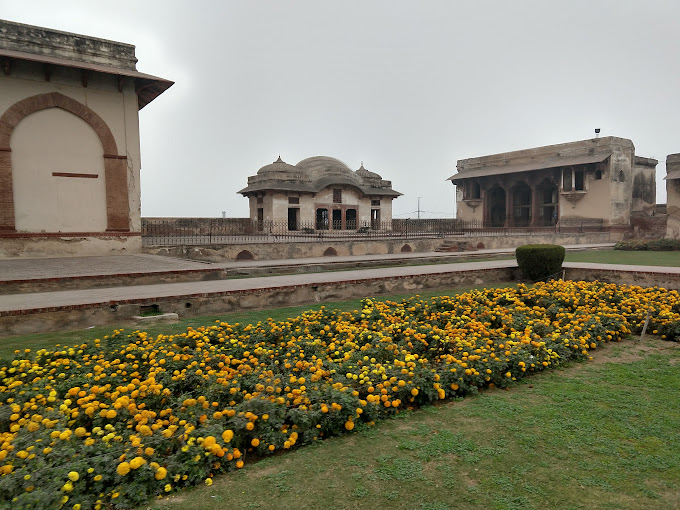
Diwan-e-Am
The Hall of Public Audience, where the emperor addressed the public and conducted official business, epitomized Mughal grandeur. Its expansive architecture and intricate carvings showcased the empire's opulence and artistic mastery.

Diwan-e-Khas
he Diwan-i Khas, or Hall of Special Audience, was commissioned by Shah Jahan in 1645 AD, crafted entirely from pristine white marble. This elegant pavilion, measuring 53 feet by 51 feet, was strategically positioned on a raised platform near the northern wall to capture river views and invite cool breezes. With its open three-sided layout and a fourth side adorned with intricate marble screens, the pavilion exudes delicacy and charm. Supported by slender columns, its roof and wide eaves create a striking silhouette, while elaborately carved multi-cusped arches add to its architectural grandeur.
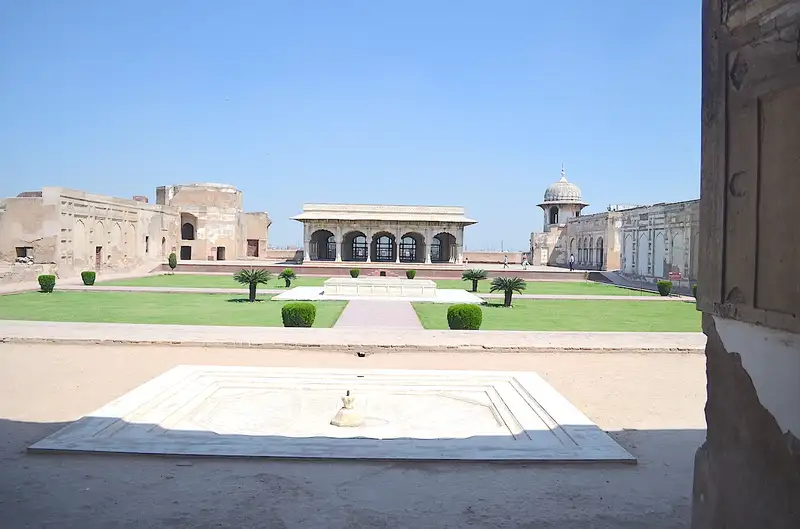
The meticulously designed marble screen on the northern side not only adds aesthetic appeal but also channels incoming breezes. The floor, adorned with marble intarsia in a variety of hues arranged in geometric patterns, features a central cup-shaped cistern embellished with pietra dura work, showcasing the refined craftsmanship of the Shah Jahan era. Completing the ensemble, the parapet above the eaves is adorned with intricate mudakhil patterns executed in pietra dura, while a tessellated floor and central fountain offer a truly splendid experience for visitors.
Moti Masjid
Moti Masjid, a distinguished "Pearl Mosque," stands as a 17th-century architectural gem within Lahore Fort, situated in Lahore, Punjab, Pakistan. Constructed primarily of white marble by Mughal Emperor Jahangir, its refinement was further augmented by Shah Jahan''s architects, marking a significant addition to the Lahore Fort Complex.
.jpg)
Alamgiri Gate
This imposing gate served as the main entrance to the Lahore Fort, featuring intricate embellishments and inscriptions commemorating the reign of Emperor Aurangzeb, also known as Alamgir.
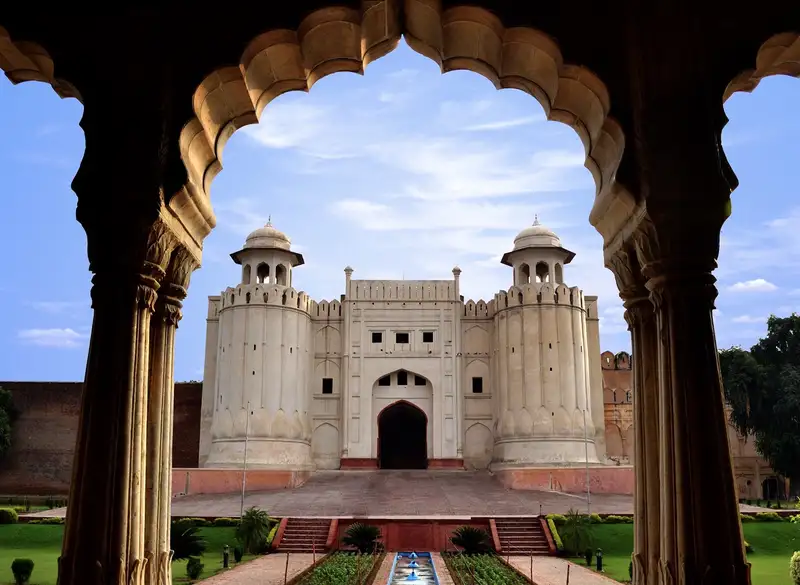
Design and Features
The Sheesh Mahal measures approximately 30 meters long and 10 meters wide. Its ceiling is a masterpiece of mirror work, featuring intricate designs and patterns created by thousands of small mirrors, known as "pietra dura" technique. The mirrors are arranged in a manner that creates a kaleidoscope of colors and reflections, making the palace appear even more resplendent.
Address: H8Q7+56P, Fort Rd, Walled City of Lahore, Lahore, Punjab, Pakistan
Phone: +92 42 99204196
You May Also Like Faisal Mosque Islamabad
Conclusion
Lahore Fort, with its Sheesh Mahal at its center, is a must-visit attraction in Pakistan. This magnificent monument is a testament to the country''s rich cultural heritage and architectural achievements. The Sheesh Mahal, in particular, is a masterpiece of Mughal architecture, boasting intricate designs, ornate carvings, and stunning mirror work. As you wander through the fort, you''ll be transported to a bygone era of grandeur and splendor, making Lahore Fort and its Sheesh Mahal an unmissable experience for history enthusiasts and architecture lovers alike.


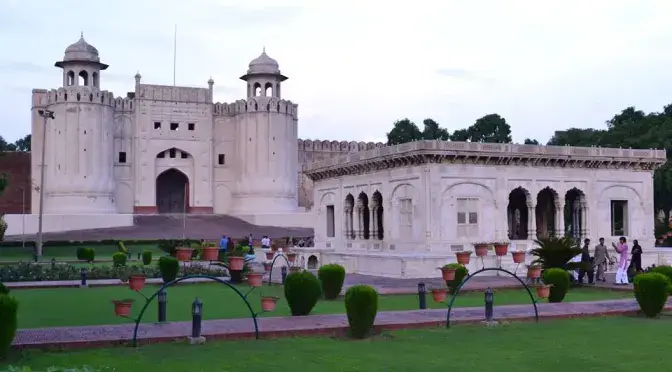





Leave a Comment
Your email address will not be published. Required fields are marked *